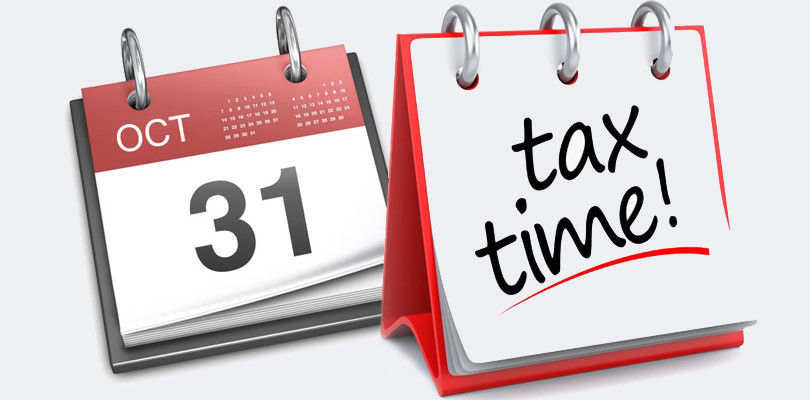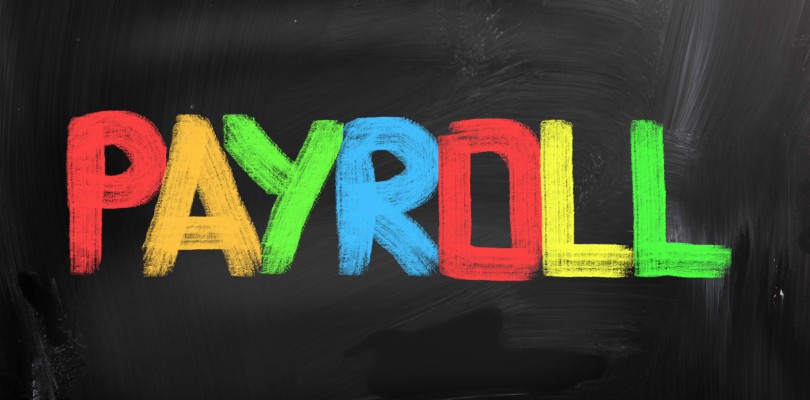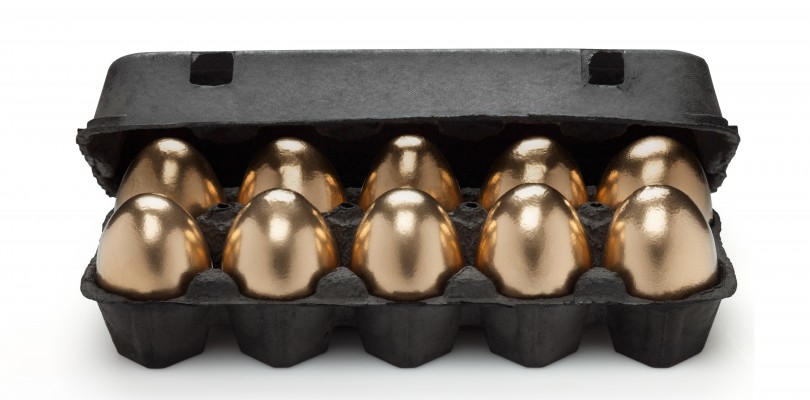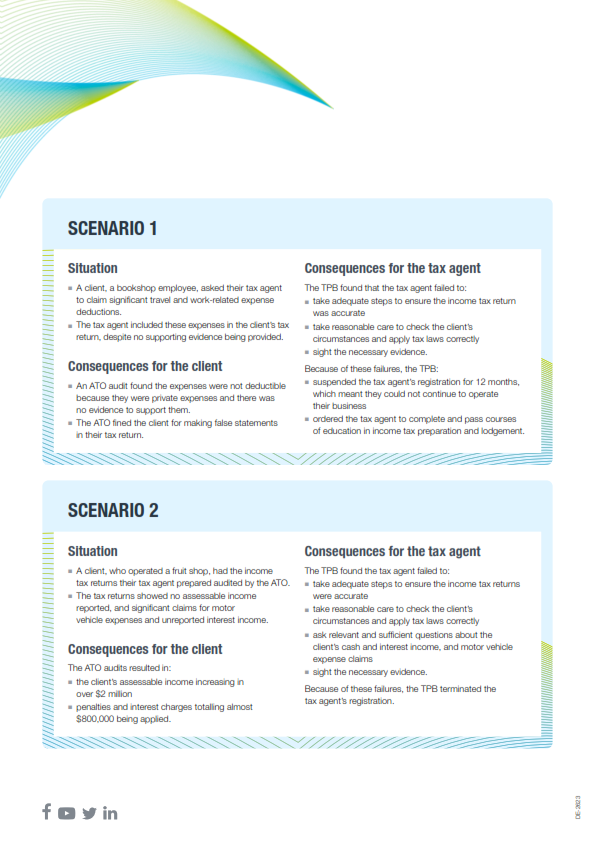Superannuation contributions 2022/2023
Superannuation remains a tax advantaged long term investment which will benefit from compounding over the years for retirement.
Concessional/deductible contributions by employers for employees
Maximum contributions for each employee up to 75 years of age, including “salary sacrifice” (needs to be proactive) and superannuation guarantee payments without incurring excess concessional contributions tax: $27,500.
Conditions:
- Contributions need to be received by the fund by the 28th of the month following quarter end.
- For mandated contributions (e.g. superannuation guarantee), no work test applies and no restriction on age
- For non-mandated contributions (e.g. salary sacrifice), these need to be paid before the 28th day after the end of the month in which member turns 75 to be deductible to the employer
Concessional/deductible personal contributions by individual taxpayers, including investors
Maximum contribution by each individual up to 75 years of age without incurring excess concessional contributions tax: $27,500.
Conditions:
- If the individual is 67 years or older, the work test must be satisfied in order for the fund to accept the non-mandated contributions (satisfying the work test will allow individuals 67 years or older to claim a tax deduction for the personal contribution)
- The individual must notify the fund of intention to claim a deduction (form NAT 71121) and the fund must acknowledge the notice
- Contribution cannot create or increase a loss (deduction cannot exceed taxable income).
- For individuals turning 75, only contributions received before the 28th day after the end of the month in which member turns 75 are deductible
- From 1 July 2022, funds can accept non-mandated contributions (e.g. salary sacrifice contributions) for members under 75 years of age and there is no requirement to meet the work test however where an individual is 67 to 74 years old, they will be required to meet the work test in order to claim a personal superannuation contribution deduction.
High income earner contributions (Division 293)
From 1 July 2017, an additional 15% “contributions tax” is applied to those with adjusted taxable incomes (broad definition) exceeding $250,000.
Non-concessional/non-deductible contributions by individual taxpayers
An individual may make non-concessional contributions up to the annual cap of $110,000 (1 July 2021 to 30 June 2024), provided the individual has a total superannuation balance less than $1.7m as at previous 30th June. If $1.7m or more, the non-concessional cap will be nil.
An individual may be eligible to bring forward the next two years’ annual cap in the year of contribution without incurring excess non-concessional contributions tax, provided the individual satisfies the age restriction:
- From 1 July 2022, the bring forward arrangement is available to individuals less than 75 years
- From 1 July 2020 to 30 June 2022, the bring-forward arrangement was only available to individuals less than 67 years old
- Prior to 1 July 2020, the bring-forward arrangement was only available to individuals under 65 years old
Excess concessional/deductible and non-concessional/non-deductible contributions
From 1 July 2013 excess concessional (only) contributions will be taxed at the member’s marginal tax rate with tax offset and an interest charge applied. The excess may be withdrawn from the fund. The punitive tax rate of 47% remains for excess non-concessional contributions.
Super co-contributions
The super co-contribution is available to employees and the self-employed less than 71 years of age at the end of the income year who make non-concessional/ undeducted personal superannuation contributions of up to $1,000 and whose total income (assessable, reportable employer superannuation contributions and reportable fringe benefit amounts) is less than $57,016.
The Government will co-contribute 50% of the contributions i.e. the government will co-contribute 50 cents for every dollar of contribution, up to a cap of $500.
Individuals with income up to the lower threshold of $42,016 will be entitled to the full co-contribution.
Conditions:
- 10% or more of the person’s total income is attributable to employment or carrying on of a business.
- Total superannuation balance must be less than the $1.7m cap at 30 June the previous year.
Low income superannuation tax offset (LISTO)
From 1 July 2017, individuals with adjusted taxable incomes of up to $37,000 will be eligible to a low income superannuation tax offset of 15% of concessional contributions made by or on behalf of individuals.
The tax offset is capped at $500.
The individual must lodge a tax return and 10% or more of their total income must come from employment and/or business.
Contributions for spouse – tax offset
A taxpayer making a personal non-concessional/non-deductible contribution for his/her non-working or low income spouse is eligible for a tax offset of up to $540 where a contribution of up to $3,000 is made for a spouse whose assessable income including reportable fringe benefit and reportable superannuation contribution amounts does not exceed $37,000.
No tax offset is available where the spouses’ assessable income including reportable fringe benefits and reportable superannuation contributions is $40,000 or more.
Condition:
No work test is applied if the spouse is under age 67, but between 67 and 74 years of age, the spouse must satisfy the work test. Offset applies if spouse was under 75 years of age at the time of the contribution.
Fund acceptance of contributions – age test
A regulated superannuation fund may accept contributions as follows:
- If the member is under 75 years:
- mandated employer contributions
- employer or member contributions
- contributions for member turning 75 may be accepted up to the 28th day after the end of the month they turned 75
- If the member is 75 years or more
- mandated employer contributions
Superannuation guarantee contribution rate
From 1 July 2014, the contribution rate increased from 9.25% to 9.5% and remained so until 1 July 2021 when it increased by 0.5%.
The 2021/2022 SGC rate was 10% and the 2022/2023 rate is 10.5%.
From 1 July 2023 the rate is 11%.
The minimum monthly wage of $450 to qualify for super guarantee contributions has been scrapped effective 1 July 2022.
Reportable employer super contributions
From 1 July 2014, the payment of salary sacrifice superannuation and other additional* superannuation over and above the compulsory superannuation guarantee charge, paid by employers for employees, will need to be recorded on employees’ year end PAYG summaries.
*Where employee influences the rate or amount of employer contributions.
An employee is considered to have the capacity to influence if he or she can directly negotiate the rate or amount of employer contributions.
As a guideline, the capacity to influence may be shown by:
- The employer’s relationship with the employee. For example, the employee is the spouse of the employer.
- The employee’s involvement in negotiations/preparation concerning the terms of any industrial agreement governing super contributions.
- The amount contributed for the employee relative to the compulsory contributions the employer is required to make.
- The employer’s super contribution arrangements for other employees.
- Any non-arm’s length dealings.
Unused concessional/deductible contributions (both for employers and individual taxpayers, including investors)
From 1 July 2018, where an individual’s superannuation fund balance is less than $500,000 (as at previous 30 June), unused concessional contributions (up to the annual cap) may be aggregated and claimed on a rolling five year basis.
The unused contributions are available for a maximum of five years, expiring after five years.
The unused contributions can be accessed from 1 July 2019 and contributed in addition to the $25,000 (1 July 2019 to 30 June 2021) / $27,500 (1 July 2021 to 30 June 2024) cap already allowed.
Notice of intention to claim “catch up” needs to be provided to the fund.
From 1 July 2022 no work test applies for non-mandated contributions for those less than 75 years of age however if a tax deduction is to be claimed on these unused concessional contributions, the work test needs to be satisfied for individuals aged 67 to 74.
Home proceeds (known as “downsizing”, one-off contribution, not subject to usual cap)
From 1 July 2018 proceeds from sale of home may be contributed, subject to:
- Individuals aged 65 years or more (from 1 July 2022 aged 60 years or more and from 1 January 2023, aged 55 years or more)
- Must be proceeds from sale of primary dwelling / main residence
- Must have lived therein and owned for at least 10 years
- Contract must be signed on or after 1 July 2018
- If house sells for at least $600,000, each joint owner may contribute up to $300,000
- Contribution must be made within 90 days of receiving the proceeds of sale (usually settlement)
- A downsizer contribution form (NAT 75073) must be completed and submitted to the fund before or at the time of making the downsizer contribution
- Usual age and work tests not applicable
CONTACT US TODAY for all things relating to superannuation!


